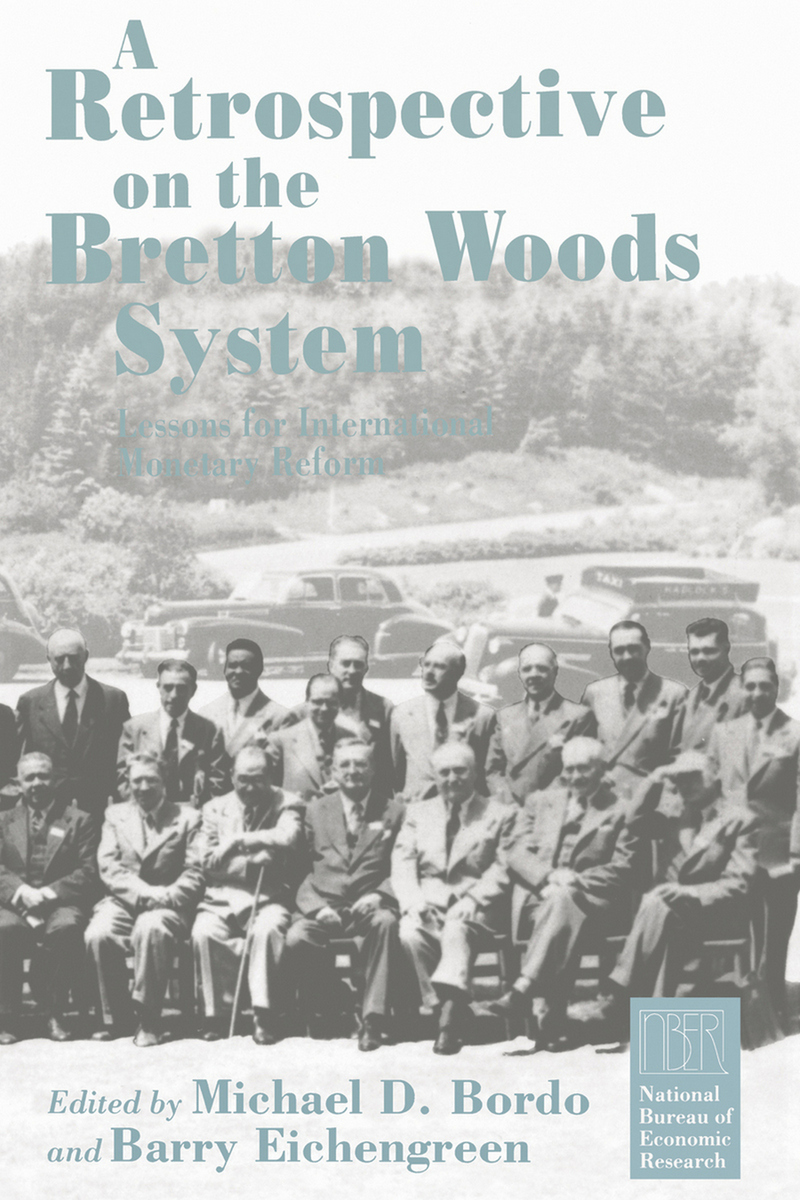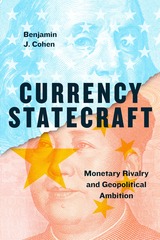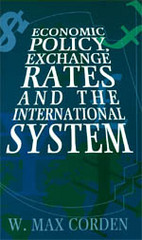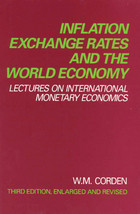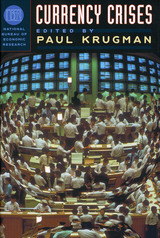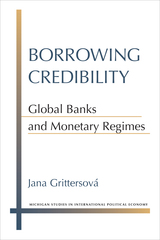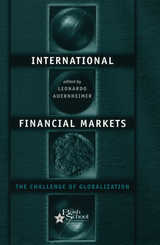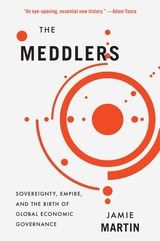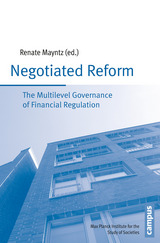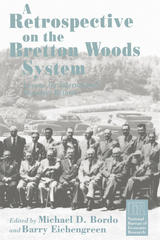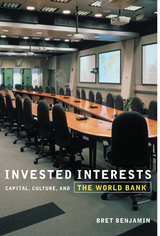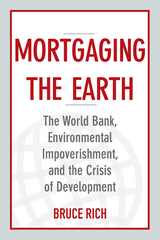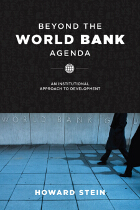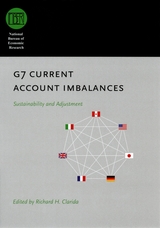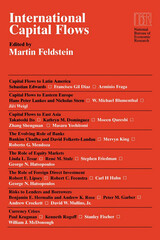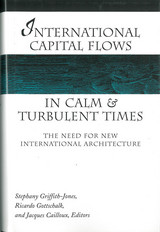A Retrospective on the Bretton Woods System: Lessons for International Monetary Reform
University of Chicago Press, 1993
eISBN: 978-0-226-06690-5 | Cloth: 978-0-226-06587-8
Library of Congress Classification HG3881.R425 1993
Dewey Decimal Classification 332.4566
eISBN: 978-0-226-06690-5 | Cloth: 978-0-226-06587-8
Library of Congress Classification HG3881.R425 1993
Dewey Decimal Classification 332.4566
ABOUT THIS BOOK | AUTHOR BIOGRAPHY | TOC | REQUEST ACCESSIBLE FILE
ABOUT THIS BOOK
At the close of the Second World War, when industrialized nations faced serious trade and financial imbalances, delegates from forty-four countries met in Bretton Woods, New Hampshire, in order to reconstruct the international monetary system. In this volume, three generations of scholars and policy makers, some of whom participated in the 1944 conference, consider how the Bretton Woods System contributed to unprecedented economic stability and rapid growth for 25 years and discuss the problems that plagued the system and led to its eventual collapse in 1971.
The contributors explore adjustment, liquidity, and transmission under the System; the way it affected developing countries; and the role of the International Monetary Fund in maintaining a stable rate. The authors examine the reasons for the System's success and eventual collapse, compare it to subsequent monetary regimes, such as the European Monetary System, and address the possibility of a new fixed exchange rate for today's world.
The contributors explore adjustment, liquidity, and transmission under the System; the way it affected developing countries; and the role of the International Monetary Fund in maintaining a stable rate. The authors examine the reasons for the System's success and eventual collapse, compare it to subsequent monetary regimes, such as the European Monetary System, and address the possibility of a new fixed exchange rate for today's world.
See other books on: Economics & Trade | Foreign Exchange | International finance | Monetary policy | Money & Monetary Policy
See other titles from University of Chicago Press
